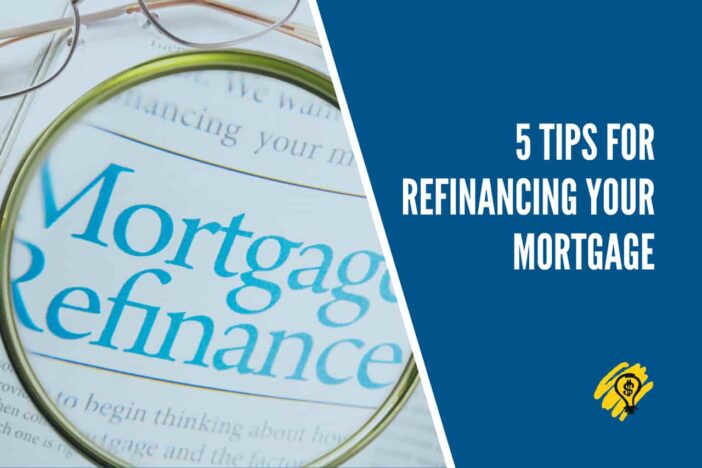Home loans are a pain, but if you’re gearing up to build your dream house, it’s probably because you want to make your life easier! And that’s great. But there’s a lot to consider when applying for a home loan, and it can be hard to know where to start, so we’ve put together this list of tips for making the most of your home loan.
So, you have a mortgage, right? You probably know how much you owe and what interest rate you’re paying – but did you know that you can actually refinance your mortgage to pay less interest and potentially save thousands of dollars over time? It might be easier than you think!
Read on and get ready to take the stress out of your home!
Set a clear remortgage goal
First, ask yourself why you want to do it with remortgage. It would be best to have clear goals to make the process worthwhile. Your goal may be to lower your monthly payments, pull cash out of your home for a significant expense, or change from an adjustable-rate mortgage (ARM) to a fixed-rate mortgage.
Review your home equity
Home loan lenders typically require homeowners to maintain at least 20% equity — the difference between the outstanding loan balance and the home’s current market value. To see how much equity you have, subtract all the debts secured by your home (i.e., your house loan and any other home equity loans) from your home’s estimated market value.
If you don’t have enough equity in your home to meet this requirement, you’ll need to pay for private mortgage insurance (PMI). It’s an added cost on top of your monthly mortgage payment, but it can help make refinancing possible for homeowners who don’t meet the 20% equity threshold.
Shop around for a home loan that fits your needs
Rates change constantly, so it’s essential to shop around before you apply for mortgage refinancing. Your research should include checking with various lenders, including your current holder, brokers, and online lenders, and comparing interest rates and total closing costs (not just the advertised rate). Keep in mind that some banks’ advertised low rates are meant to attract customers and might not be available to you.
Review the closing costs
Remortgaging means taking on a new loan to pay off your old mortgage. It means applying for a new loan and paying closing costs. These costs can include an application fee, appraisal fee, title search fee, lender’s title insurance, and escrow or settlement fees. If you are remortgaging with a different lender than your current lender, you will also have to pay prepayment penalties to that lender.
So lenders add these penalties to your closing costs. That’s why it’s essential to compare the interest rates and terms of different lenders before deciding which one to choose.
Get your paperwork ready
You will likely need copies of your most recent tax returns and bank statements, as well as any other documents that show you have additional income, such as investment accounts or rental property income. In addition, if you have paid down the principal on your original home loan by making extra payments, you should have the documentation that supports this amount.
Having these documents handy will make it easier to move through the application process once you find a loan that you want to pursue.
Final Thoughts
Remortgaging can be a great way to get a lower interest rate, consolidate different debts into one loan, and consolidate your monthly payments. The best way to learn about refinancing is to talk with a lender directly. They can give you the information you need, as well as help you determine whether or not it makes sense for you financially.





